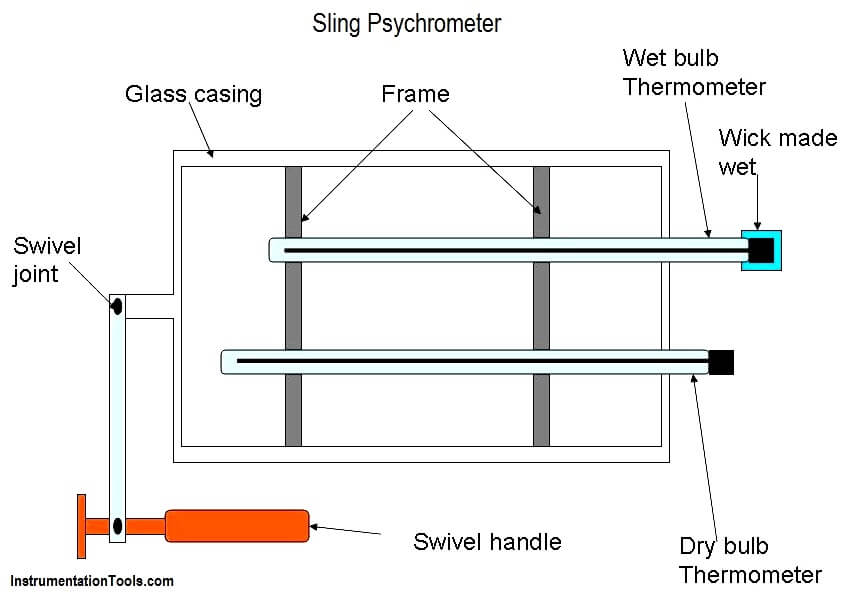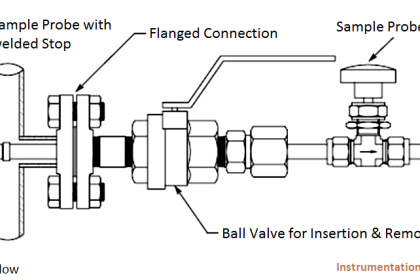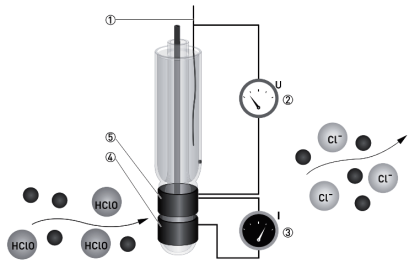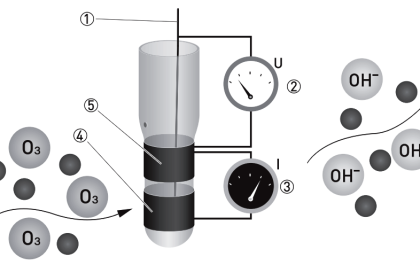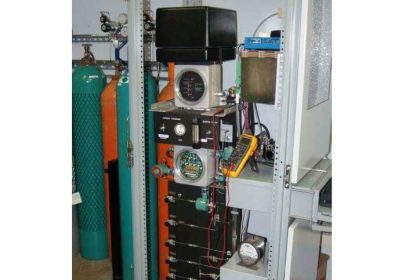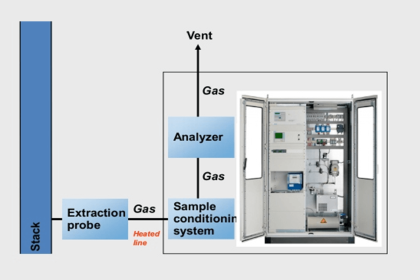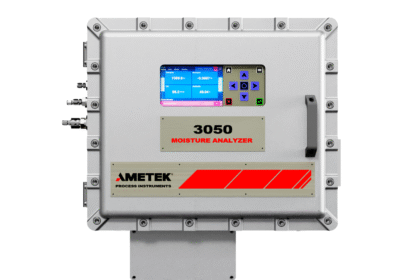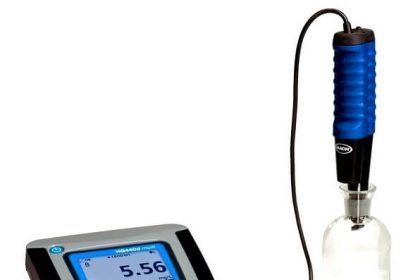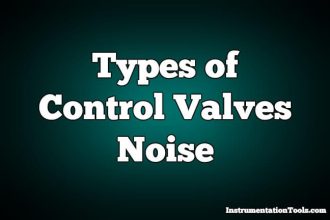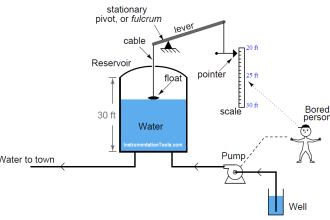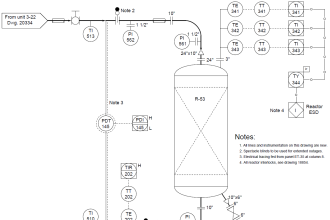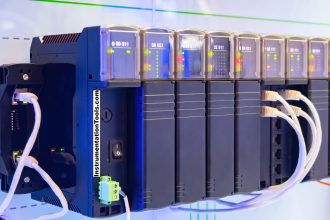Sling Psychrometer is used to measure both the dry bulb and wet bulb temperatures at time. These temperatures are a measure of humidity content in air.
Description of Sling Psychrometer
The main parts of the instrument are
The instrument frame which holds the thermometers.
One mercury in glass thermometer whose sensing bulb is bare to directly contact the air and to measure the temperature which is called as the dry-bulb temperature.
One mercury in glass thermometer whose sensing bulb is covered with a cotton or muslin wick made wet with pure water. This sensing bulb covered with the cotton wick moistened is made to contact the air and the temperature indicated by this thermometer is called as the wet bulb-thermometer.
The instrument frame carrying the thermometer is covered by a glass casing.
A swivel handle is attached to frame-glass casing – thermometer arrangement to ensure that the air at the wet bulb always in immediate contact with the wet wick.
When a thermometer bulb is directly exposed to an air-water vapour mixture, the temperature indicated by the thermometer is the dry-bulb temperature.
When a thermometer bulb is covered by a constantly wet wick and if the bulb covered by the wet wick is exposed to air water vapour mixture, the temperature indicated by the thermometer is the wet bulb temperature.
Operation of Sling Psychrometer
In order to measure the dry bulb and wet bulb temperature, the Psychrometer frame – glass covering – thermometer arrangement is rotated at 5 m/s to 10 m/s to get the necessary air motion.
Note: An important condition is that correct/accurate measurement of wet bulb temperature is obtained only if air moves with velocity around the wet wick. In order to get this air velocity, the Psychrometer is being rotated.
The thermometer whose bulb is bare contacts the air indicates the dry bulb temperature.
At the same time, the thermometer whose bulb is covered with the wet wick comes in contact with the air and when this pass on the wet wick present on the bulb of the thermometer, the moisture present in the wick starts evaporating and a cooling effect is produced at bulb. Now the temperature indicated by the thermometer is the wet bulb thermometer which will naturally be lesser than the dry bulb temperature.
Note:
- If the Psychrometer is rotated for a short period, then the wet bulb temperature recorded will not be proper.
- If the Psychrometer is rotated for a longer period, the wick will get dried soon and the wet bulb temperature will not be at its minimum value.
Application of Sling Psychrometer
- It is used for checking humidity level in air-conditioned rooms and installations.
- It is used to set and check hair hygrometer.
- It is used in the measurement range of 0 to 100% RH.
- It is used for measuring wet bulb temperature between 0’C to 180’C.
Limitation of Sling Psychrometer
- The measured medium is disturbed due to the act of measurement. The evaporation process at the wet bulb will add moisture to the air.
- It cannot be used in automation requirement situations.
- It cannot be used for continuous recording purpose.
- If the wick is covered with dirt, the wick will become stiff and its water absorbing capacity will reduce, however, a stiff/dirty wick will resume normalcy when boiled in hot water.
